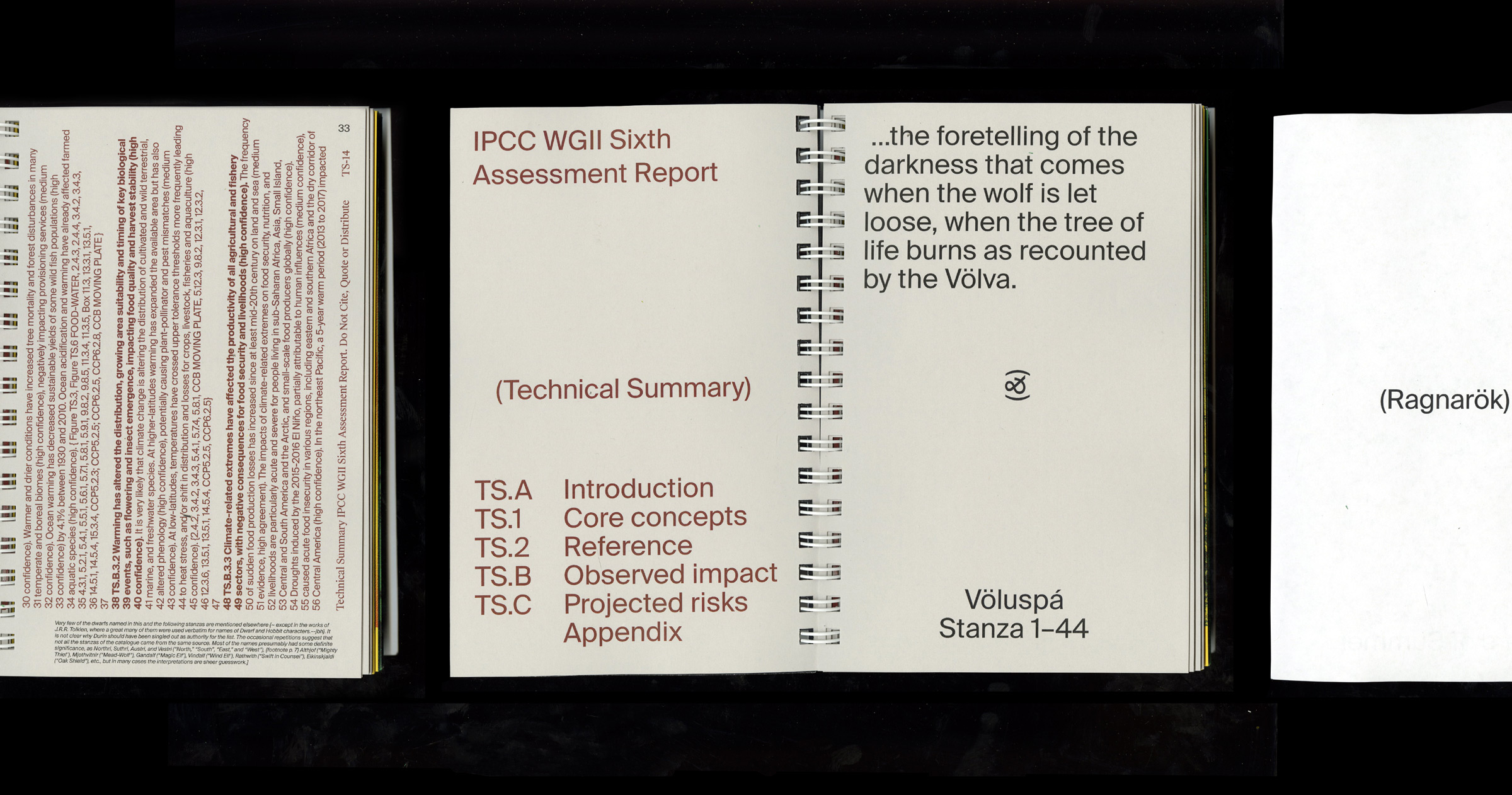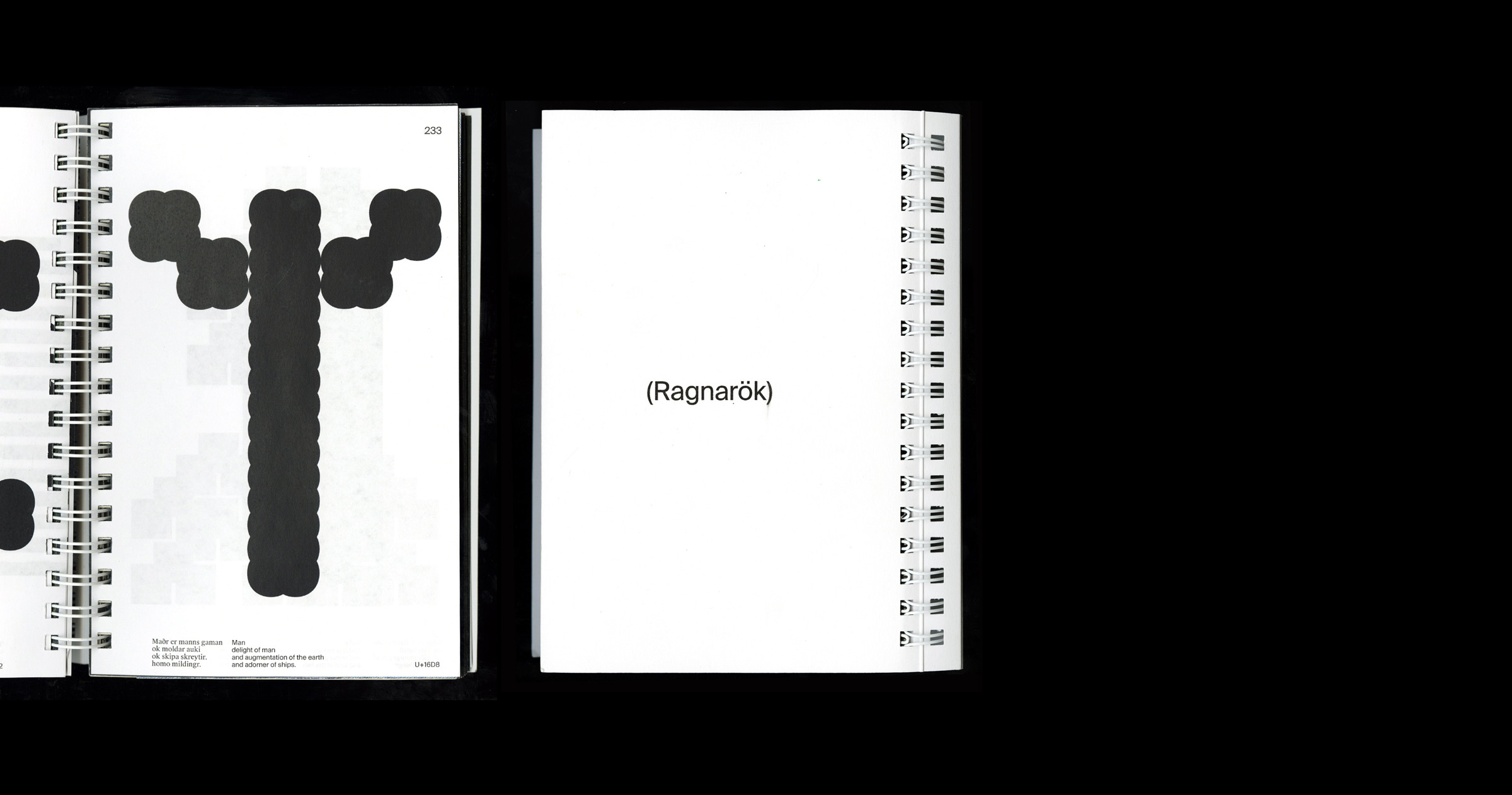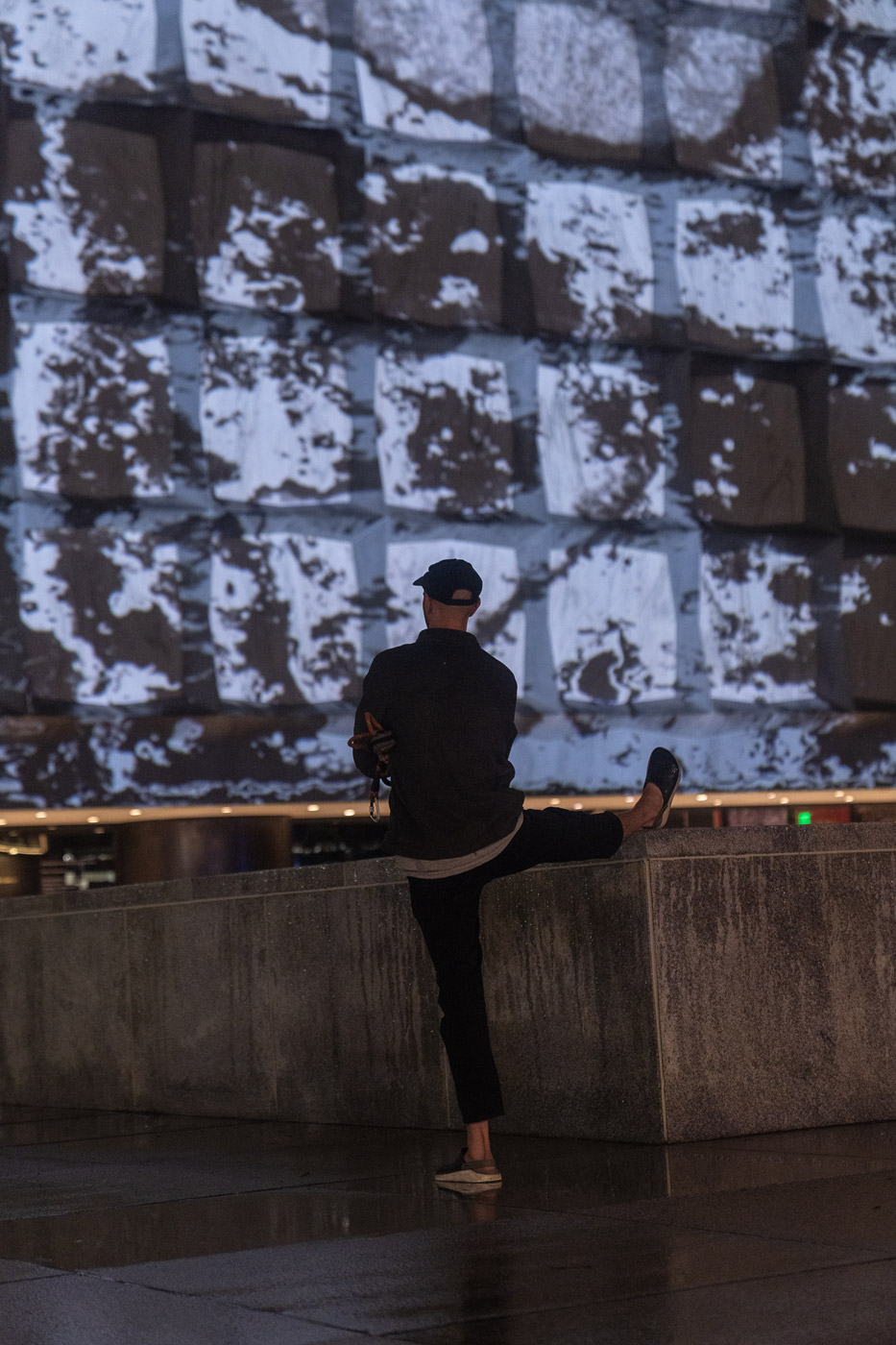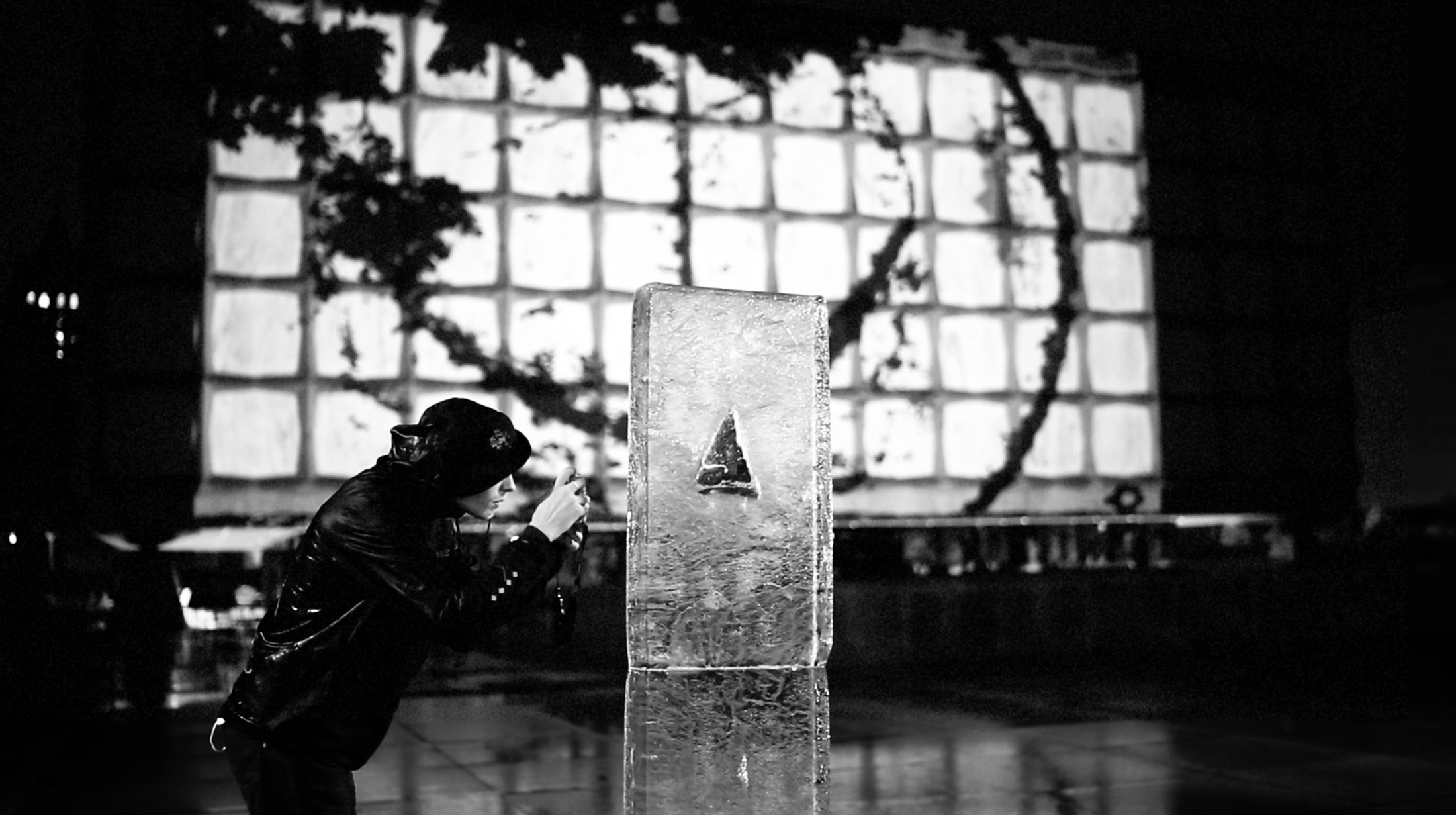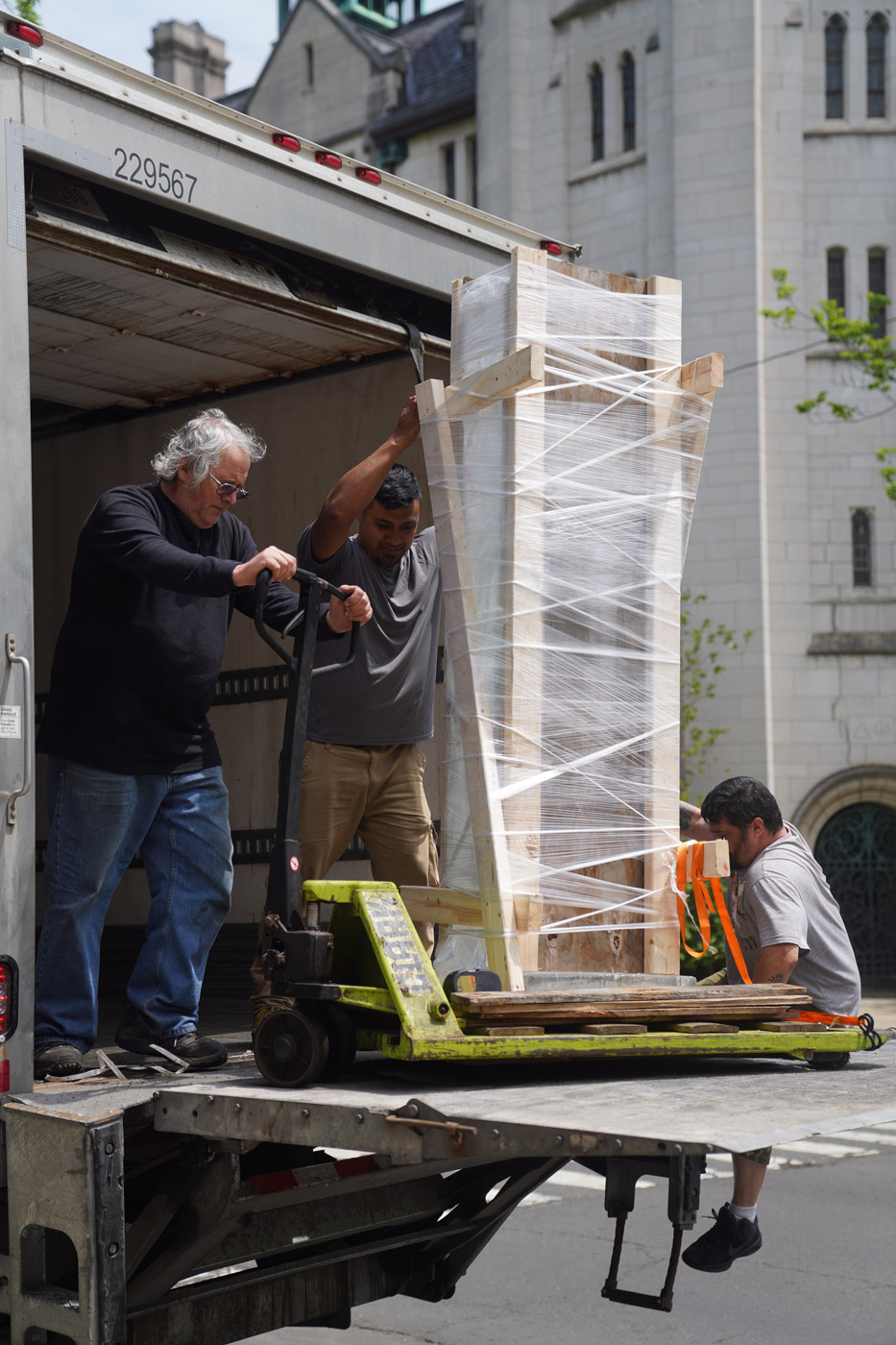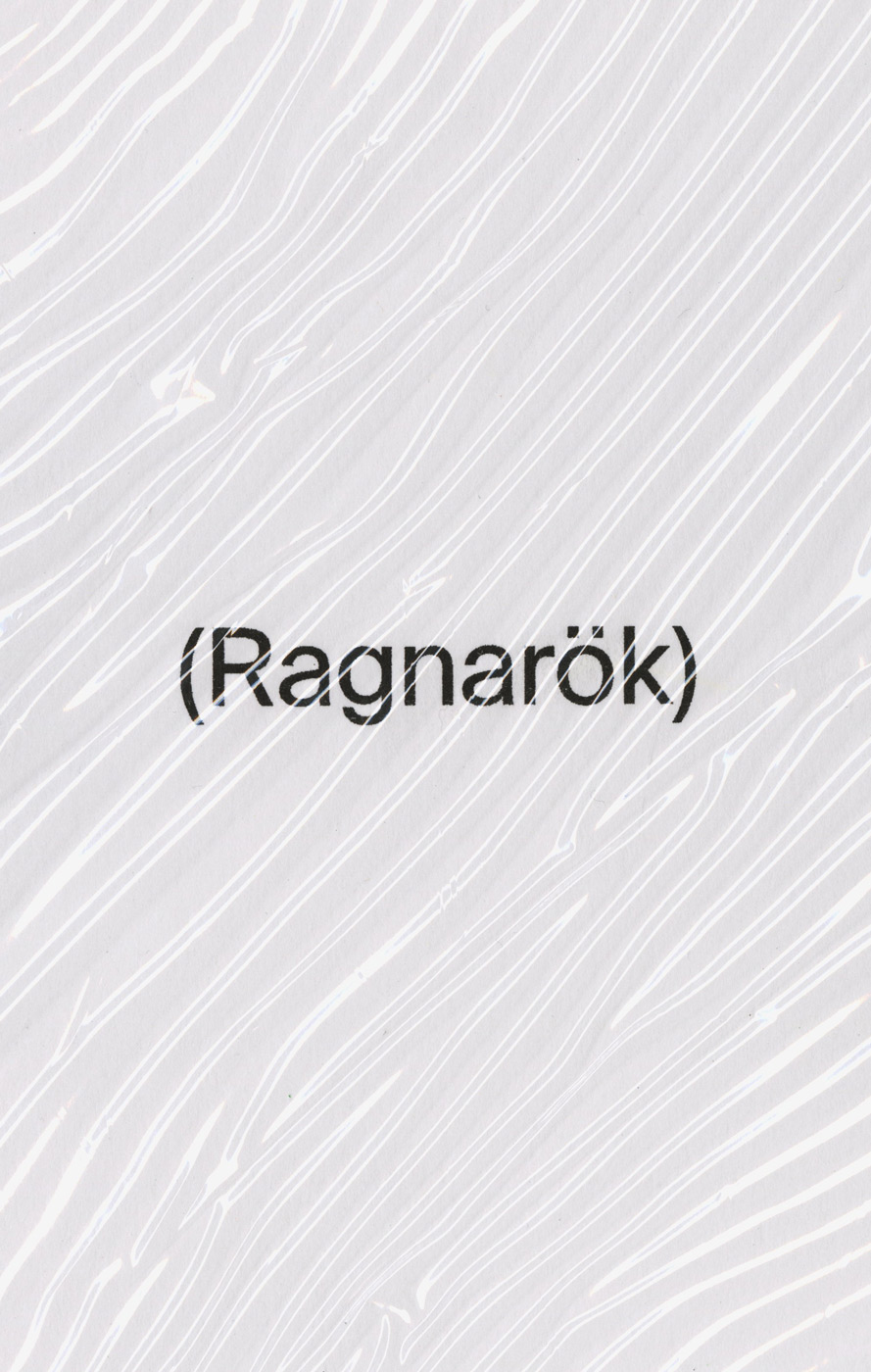When Ragnarök is imminent it shall be known by three years of winter with no summer in between, so it goes in the old Nordic myth of apocalypse. The story of Ragnarök is a cautionary tale of how lost connectedness to the natural world nearly leads to humanity’s demise in a series of natural disasters and social collapse. The myth is believed to originate from an actual climate disaster in Iceland year 536 where the ashes of a volcanic eruption blocked out the sun for three years. The event caused a series of strange natural phenomena and lead to the starvation of over half the Scandinavian population.
Today almost 1500 years later we face a parallel in history; a different kind of climate apocalypse is looming in the horizon. This time around, it will not be known by three years of winter, but more likely 3 Years of Summer. Like so many other oral tales, the prophecy of Ragnarök is a reminder from past times. It expands itself via songs, runes and artworks to connect us with the lived experience of our ancestors.
The anthropocene has given birth to the persistently rising temperatures, which year after year and data point after data point still seems to be ignored or under prioritized by the World’s leaders. How can this be? Why is this terrible threat not acted upon with great urgency by those capable?
This project is an attempt to collect and present means of relating to the world in new ways by “looking back” in time, specifically at Nordic history and art from before and after the introduction of Christianity in Denmark. It follows the thesis that our past also speaks into our future – out of time. It’s an invitation to work towards a recovery of our traditional knowledge in order to create an maintain a real relationship to the living world alongside our current understanding of the world. How might seeing ourselves more as part of a larger system help us in our struggle when facing the gravest challenges of the 21st century?
Rune stone, projection mapping and autonomously publicated anthology
This project was made possible by my collaborators and was funded by CCAM. Special thanks to Danilo Rosich for facilitating projector, Jisung Park for documentation and Rune Rasmussen historian of religion, Ph.d and Jack Self for insights and feedback. Vectorized rune ornaments by Jonas Lau Markussen. Thanks to Yale faculty and students: Dana Karwas, Liam Bellman, Lauren Dubowski, Pilar Montalvo, Marjorie Lemmon, Julian Bittiner, Filip Birkner, Betty Wang and more.
On the behalf of my collaborators and I; we acknowledge that indigenous peoples and nations, including Mohegan, Mashantucket Pequot, Eastern Pequot, Schaghticoke, Golden Hill Paugussett, Niantic, and the Quinnipiac and other Algonquian speaking peoples, have stewarded through generations the lands and waterways of what is now the state of Connecticut.
The idea for this project builds on and is inspired by a wide array of indigenous thinkers and scholars noticeably Tyson Yunkaporta.
Yggdrasil: The World Tree






Vǫluspá

The anthology highlights the spiritual and environmental parallel of modern day dread of climate disaster and the ancestral memories in Scandinavian (eco)culture. The book contains a series of the juxtapositions on this matter: The UN 2022 climate report and the Völuspá poem, a visual essay on Ragnarök using contemporary news footage,IFLAS Occasional Paper 2 the and a dissection of a Rökstenen (Ög 136) made in year 800; an infamous runestone from Sweden using a complex esoteric system of several runic languages to tell the story of Ragnarök.



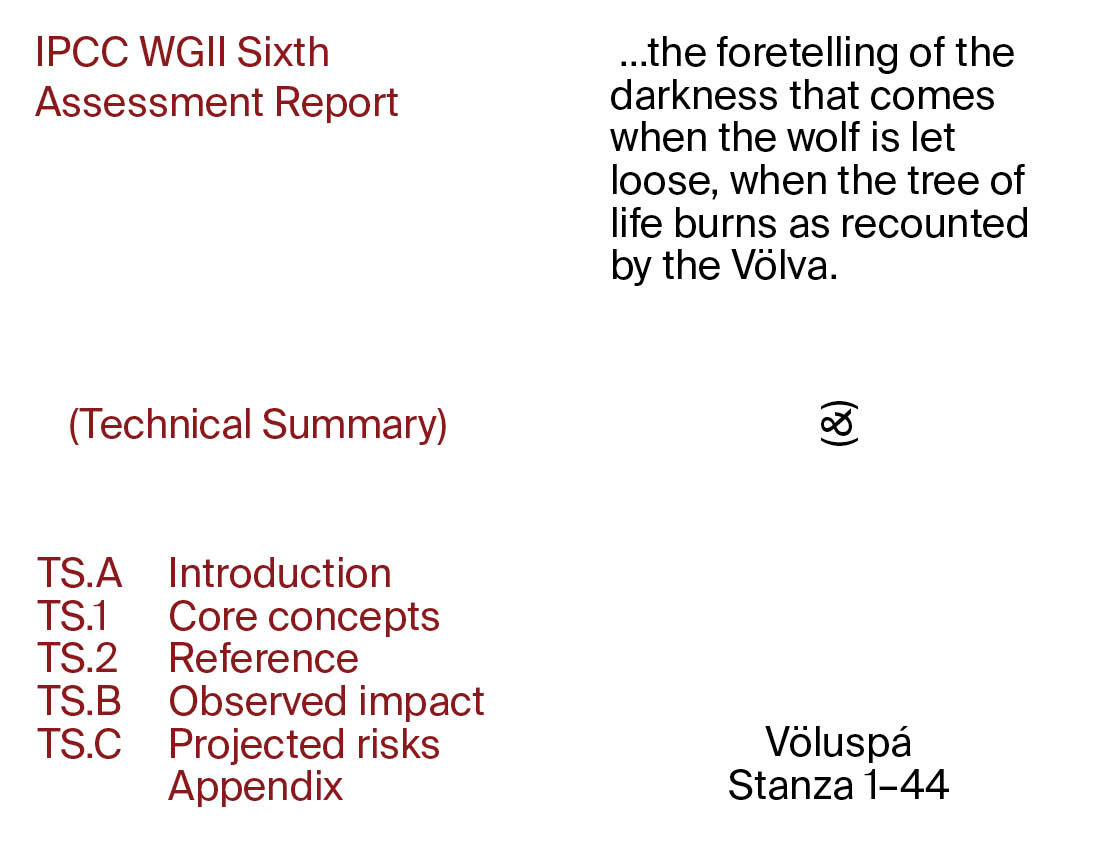

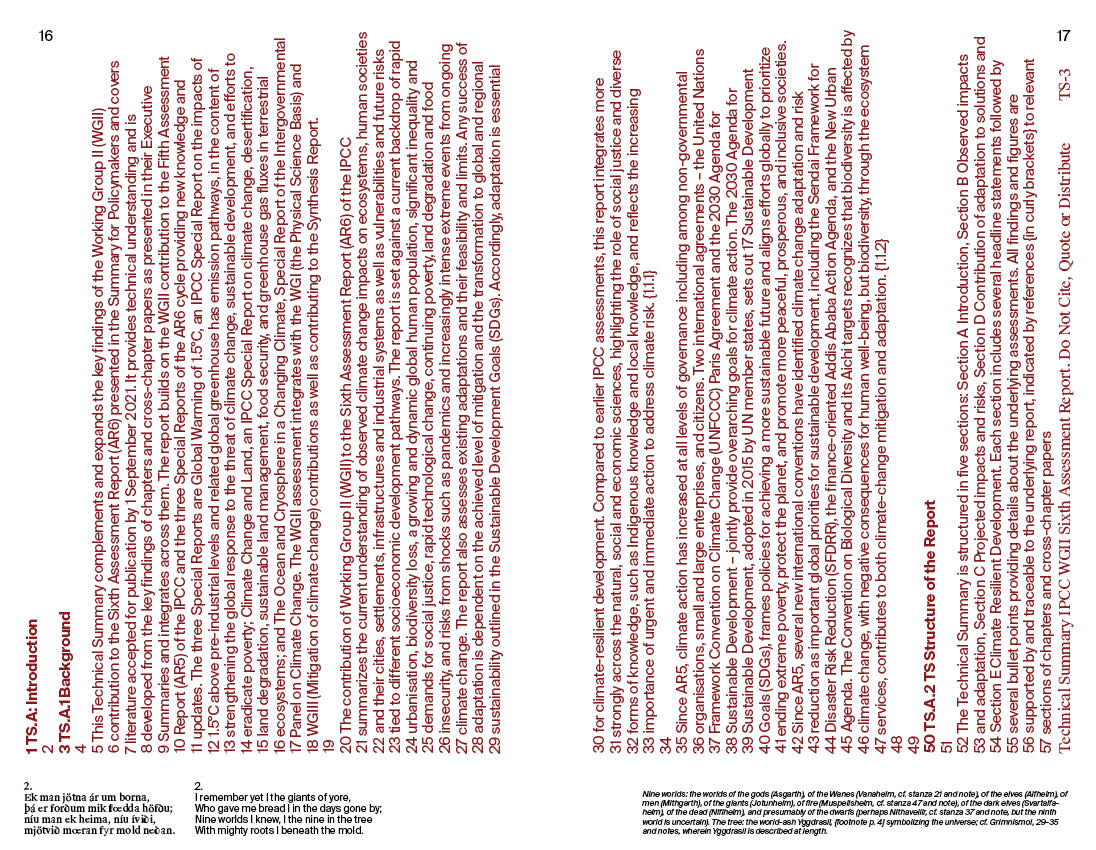


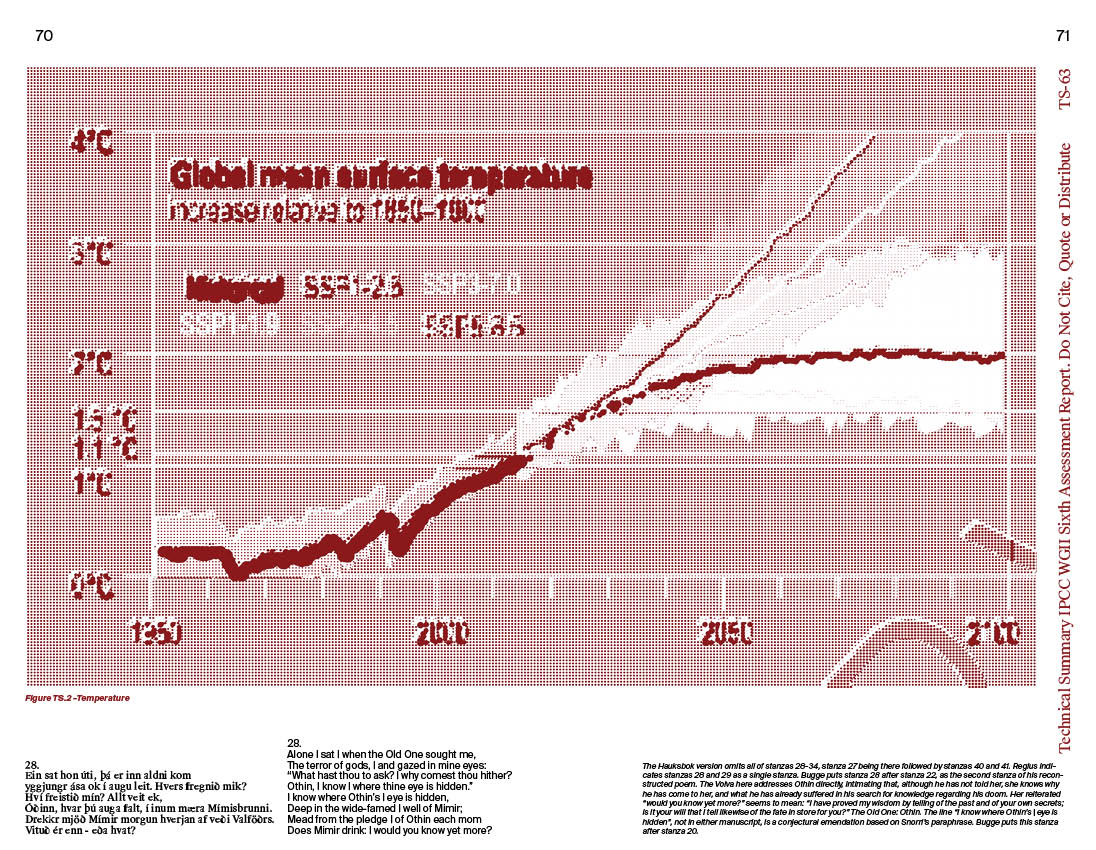






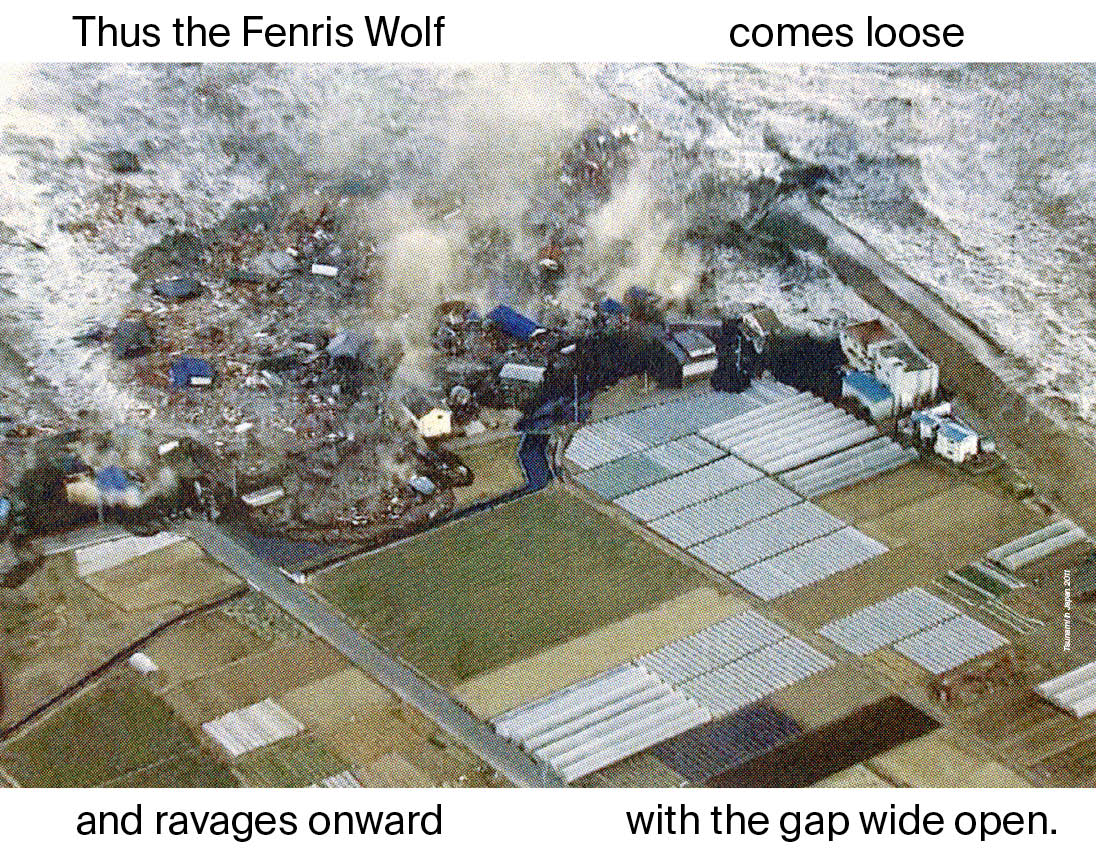











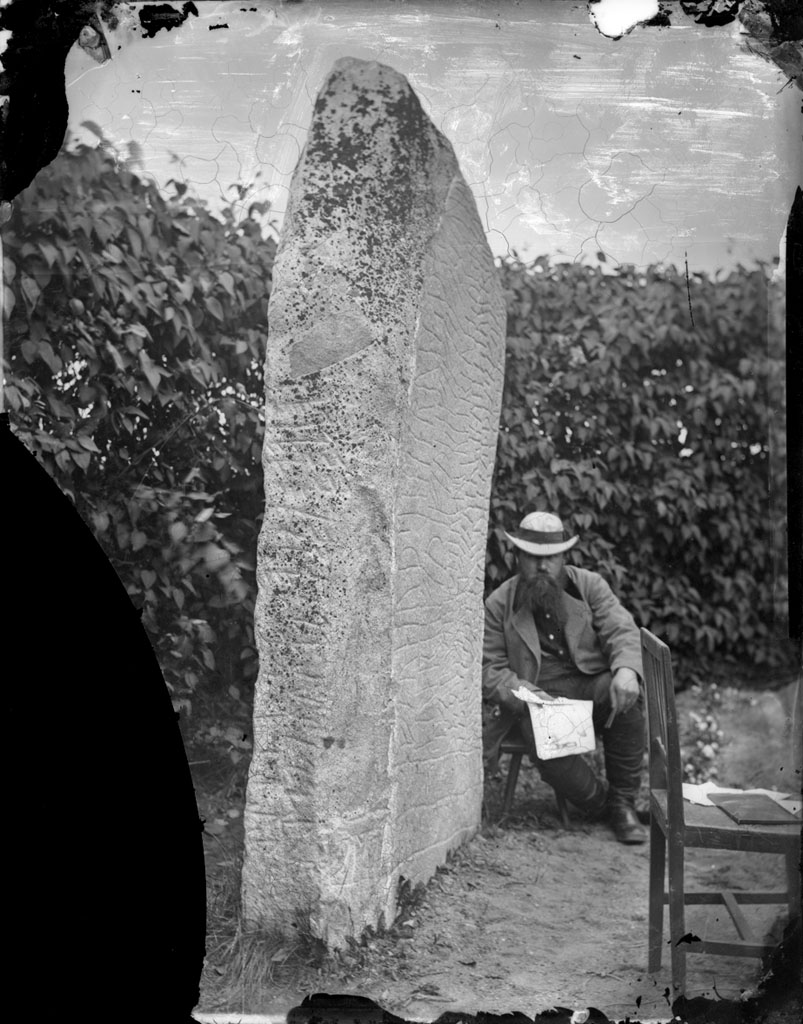


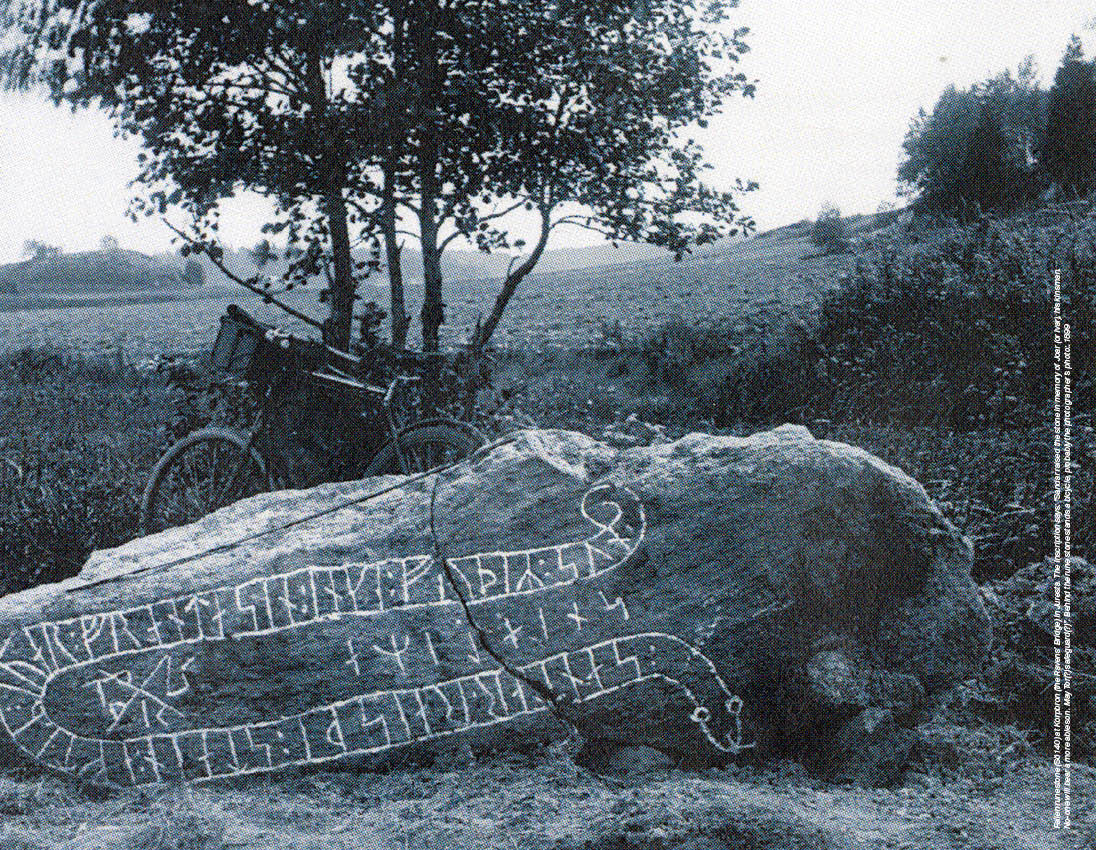
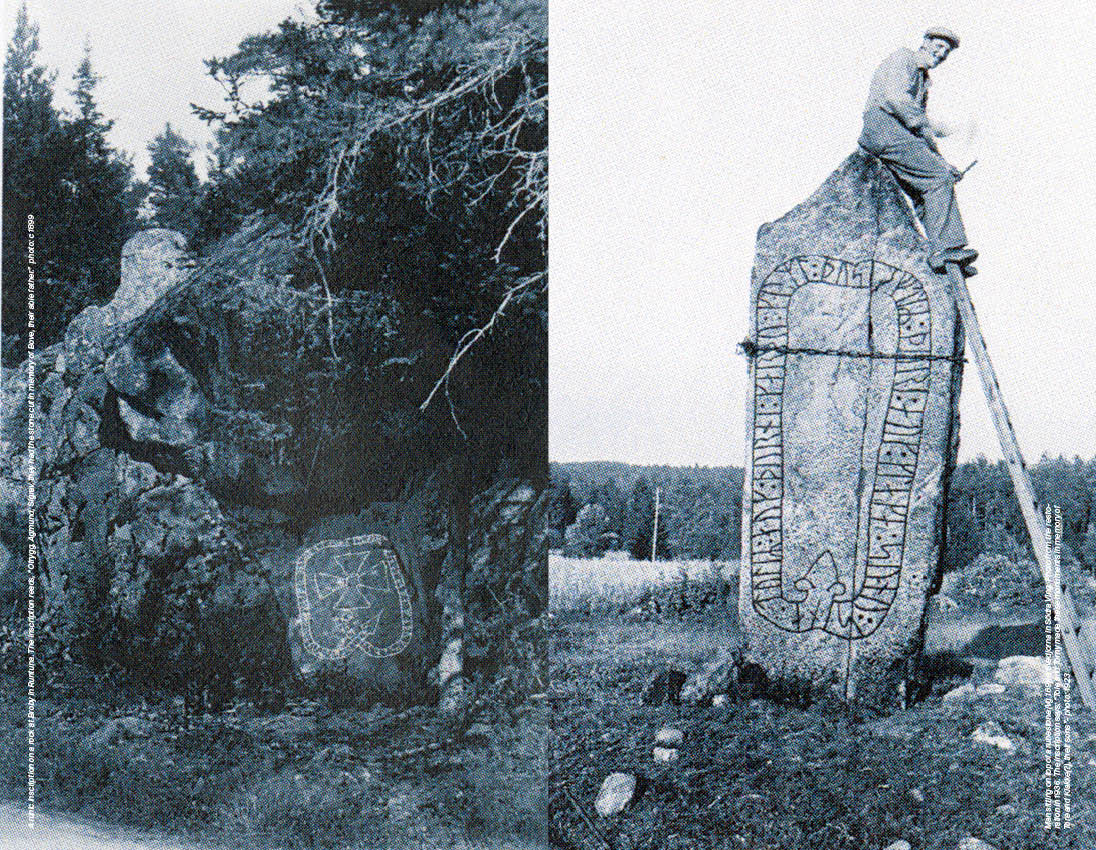
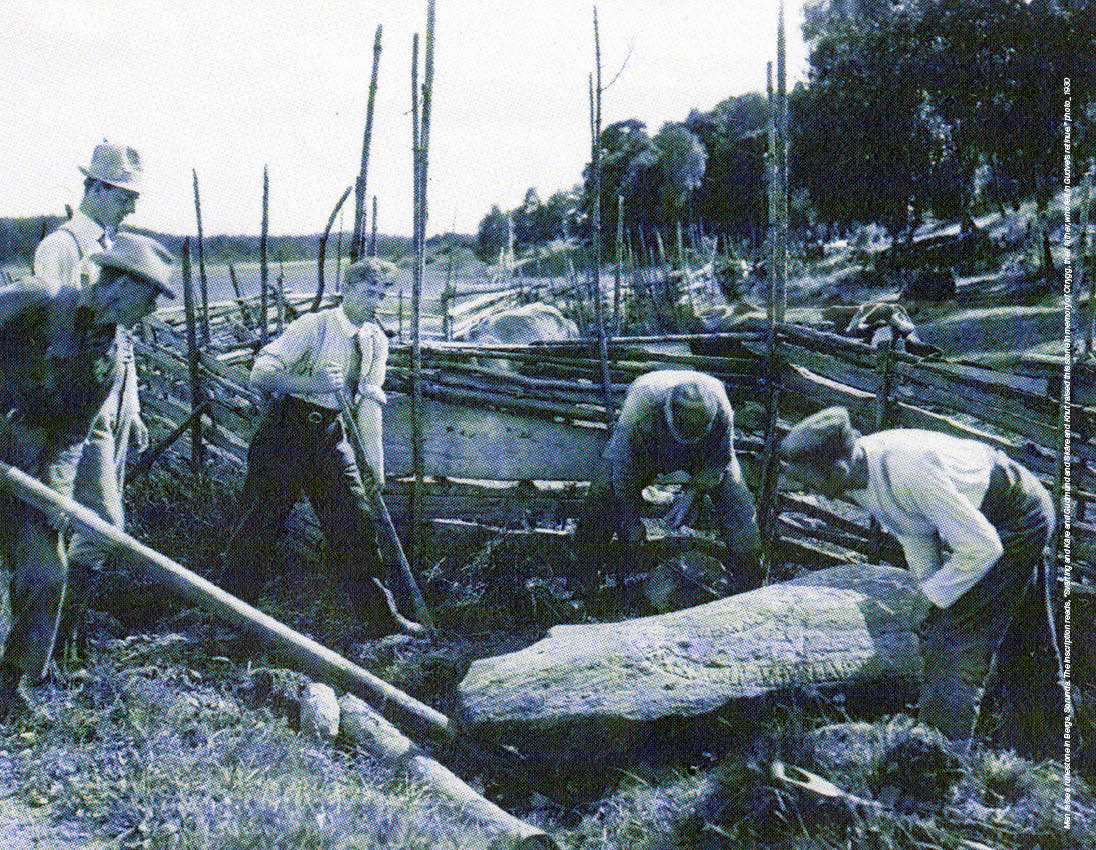

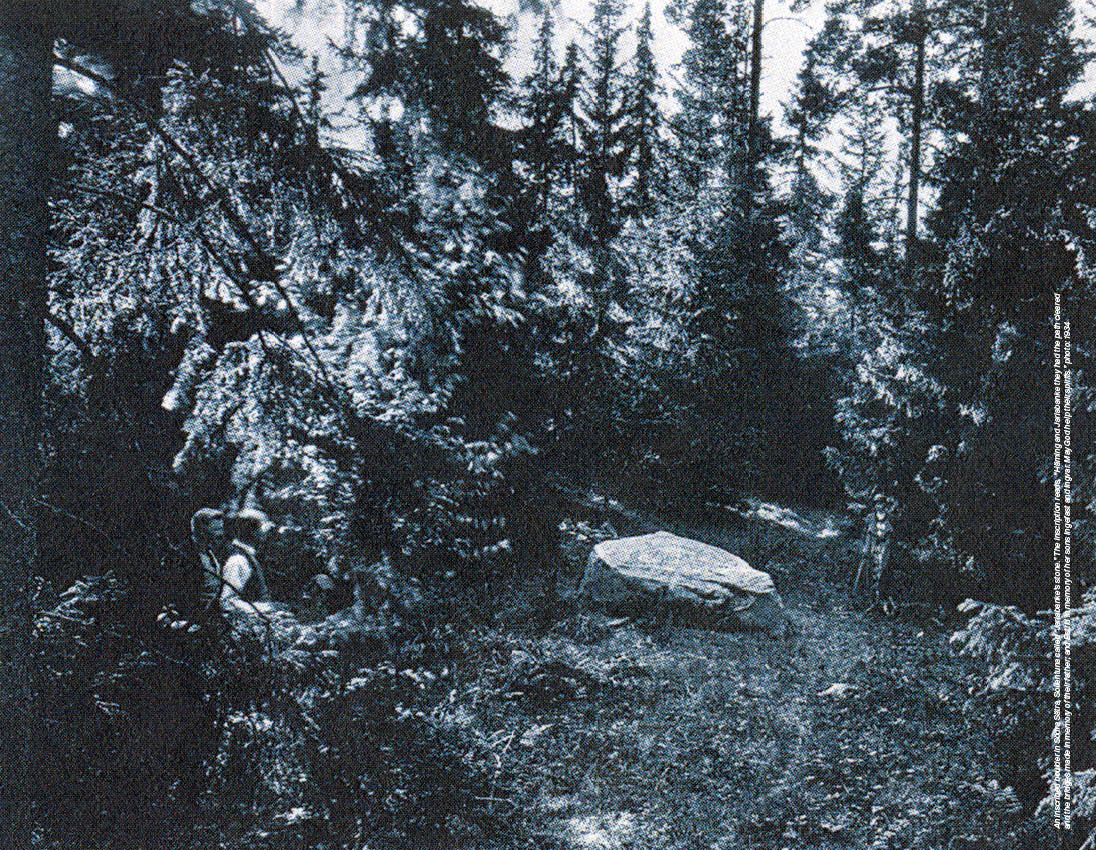
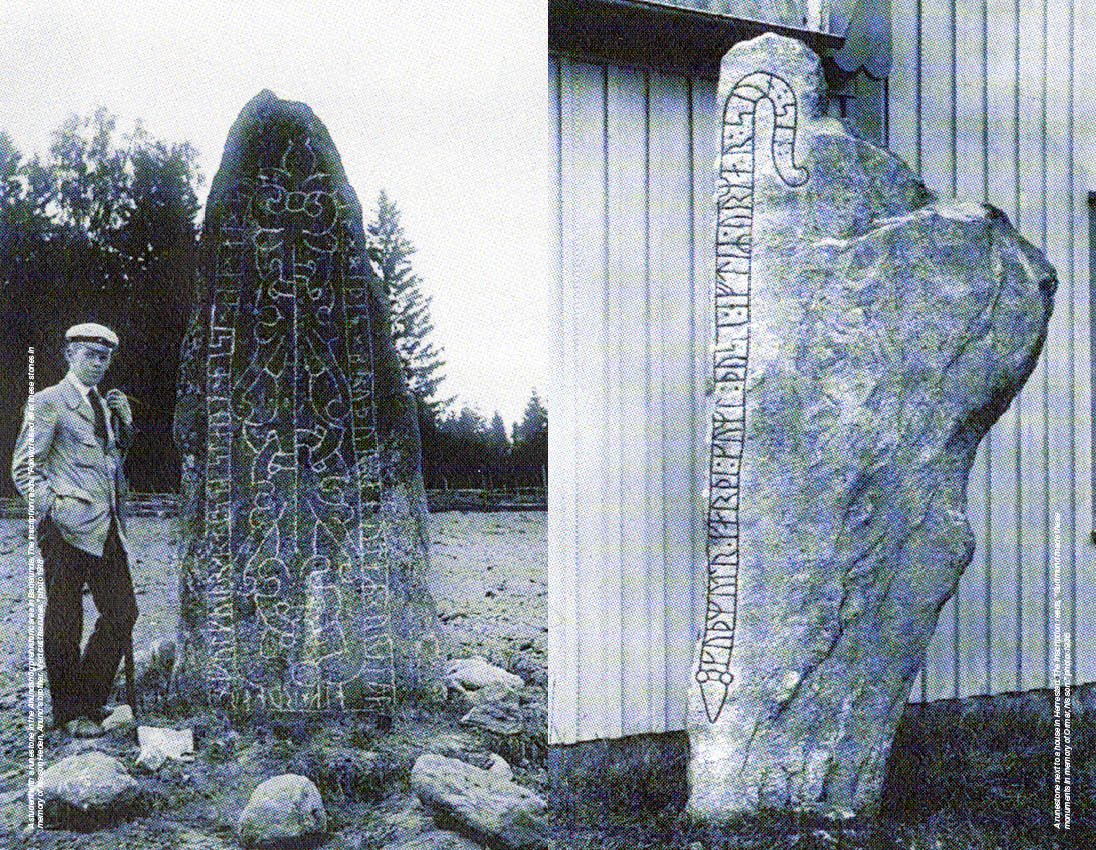

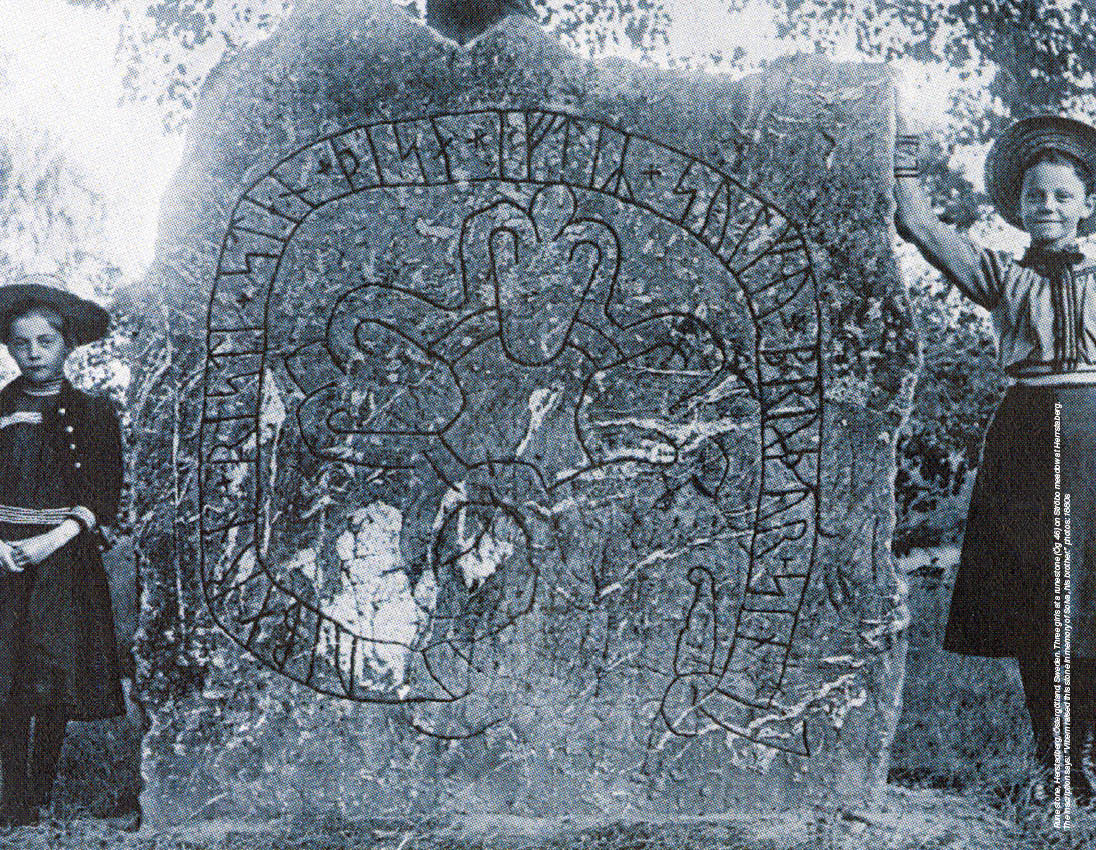



Z


